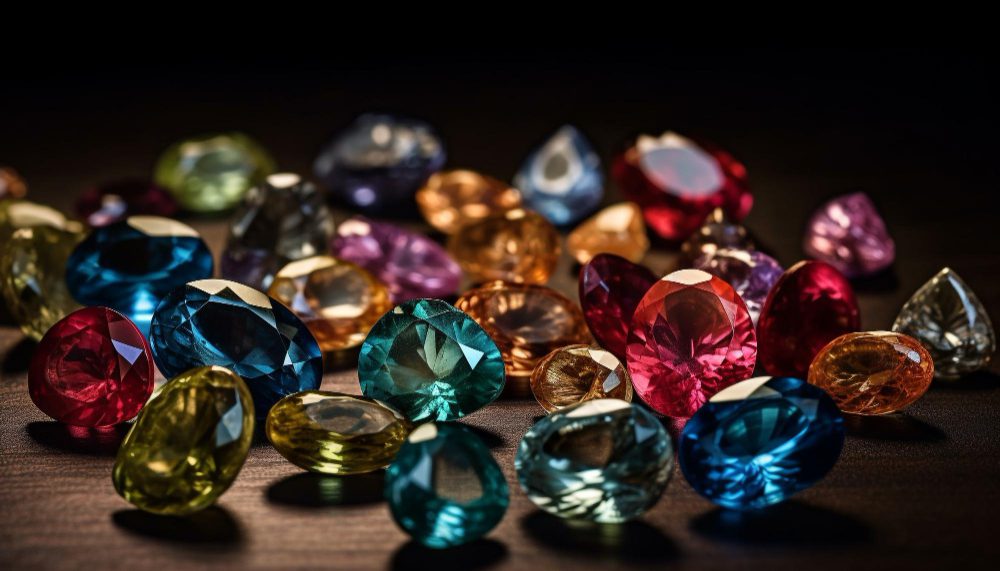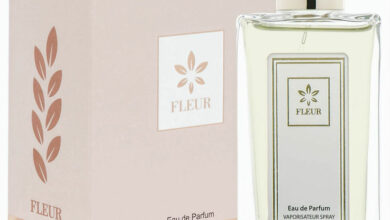Gemstone Setting Craftsmanship

We all know that the gemstones on gemstone jewellery are brilliant and sparkling, but do you know how the gemstones on these gemstone jewellery are set?
Gemstone setting is actually a very important part of jewellery making because without it, gemstones would not be able to be worn on people’s fingers, wrists and necks. In fact, over the past hundred years, jewellery artisans have created many distinctive methods of jewellery setting. Today, we will introduce a few common jewellery setting methods.
1. Claw setting
The claw setting is probably the most common jewellery setting, and in fact it is the quickest and most practical, as it maximises the optical effect of the stone and minimises the masking of the stone.
Depending on the number of prongs, there are two, three and six prongs. The four-prong and six-prong settings are the most common, and they also maximise the splendour and elegance of the stone, and are simple yet elegant. According to the number of gemstones set, claw setting is also divided into solitaire setting and group setting. As the name suggests, we can actually guess that a solitaire setting is a setting of only one large stone, while a cluster setting is a setting where, in addition to the main stone, there are other side stones set next to the main stone. The secondary stones are actually smaller stones than the main stone. In a cluster setting, the side stones are usually set before the main stone.
2. Bezel setting
A bezel setting is called a bezel setting because the metal is used to enclose the stone in its entirety. Claw setting is also a more common and more solid method of setting. Applicable to the claw setting of the gemstone is a number of plain gemstones, such as Pei Cui, moonstone and so on. Because these stones are relatively large, the claw setting is not particularly strong. Moreover, the hook on the claw setting needs to become bigger accordingly, and the claw on the claw setting will easily catch on the hair or clothes. In addition, shaped stones are also suitable for bezel settings. After all, a claw setting for a shaped stone requires too many claws and is not always secure compared to an overlay setting.
3. The card set
The principle of the setting is to use the tension of the metal to fix the bottom of the gemstone. This is very popular with young people because it allows the stone’s nakedness to be further enhanced and allows the stone’s brilliance to be perfectly revealed. However, this method has its own inherent drawback, which is that it uses only the tension of the metal as the basis for fixing the stone, and its stress points are actually very small. As a result, the diamond may fall off if it is not careful.
4. Bezel-less settings
A rimless setting uses a metal channel or track to hold the base of the stone in place. In contrast to the bezel setting, the bezel setting uses the force between the metal and the stone as well as the force between the stone and the bezel. The infinity setting is therefore a very difficult setting to perform. Despite the word “infinity” in its name, the infinity setting is not entirely infinity. There is no edge between the stone and the stone, but there is still a bezel on the outer edge of the jewellery.
5. Micro-setting
Micro-setting is a recently emerging setting technique in which there are almost no gaps between the stones. Therefore, compared with other setting techniques, the time and labour costs are very high. In addition, since the claws of a micro-setting are very small and difficult to observe directly with the naked eye, the setting is usually performed under a 40x stereo microscope. After the gemstone is set, the gemstone has a feeling of floating on the metal, which can better show the brilliance and charm of the gemstone. At the same time, the large-scale use of small diamonds can largely show the expressive power of curved design jewellery, making the product look very elegant and luxurious. In addition, most of the micro-setting process is set with round gemstones, the size and colour of the gemstones are very demanding.
6. Nail setting
The so-called “peg setting” involves the use of a tool to dig several raised pegs into the interlocking edges of the metal material to hold the stone in place. In this way, no metal other than the stone is visible on the surface. Because there is no metal surrounding the stone, it reflects more light and brings out the sparkle of the stone itself.
7. Flying edge setting
The flying edge setting, also known as the Italian setting, is actually a combination of the wrap setting and the nail setting mentioned earlier. This means that the stone is surrounded by metal while being held in place by small nails. However, since the bezel around the stone is relatively short, the bezel serves to simply position the stone. It is the pegs that actually hold the stone in place. Generally speaking, the number of nails in a bezel setting is between 3 and 6. If there are more nail, then the corresponding size will be smaller. Flying edge settings are more often used when setting faceted stones, as they make it less likely that the jewellery will hang from clothing, and also avoid the disadvantage of the wrap-around setting, which makes the stone’s girdle smaller. In conclusion, therefore, the flying edge setting is a well-rounded setting technique.
The craft of jewellery setting actually originated in the West and is very much about the texture of the design and the use of science and technology. The most important thing is how to show the characteristics of the gemstones themselves and constantly strive for excellence, and then later, jewellery inlay gradually developed into an aesthetic art, widely spread.





